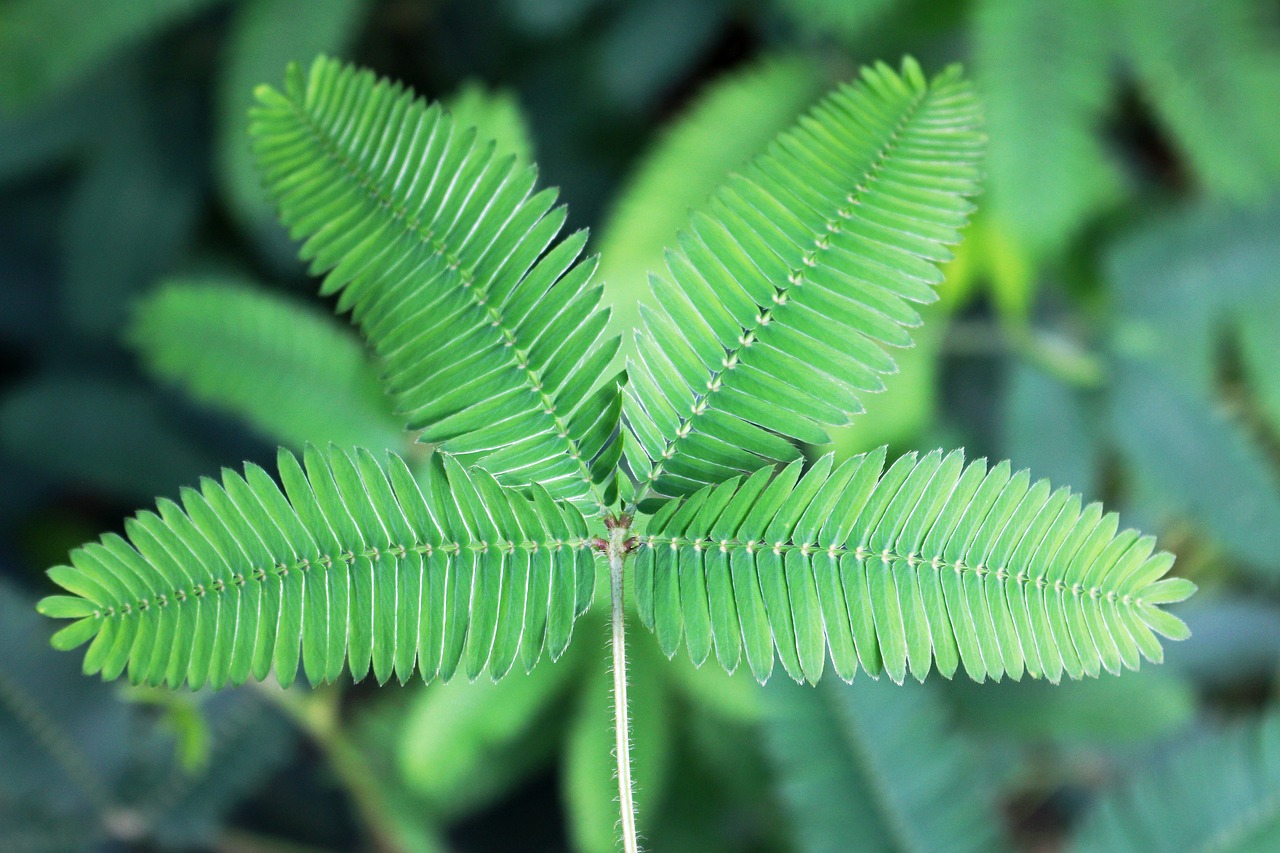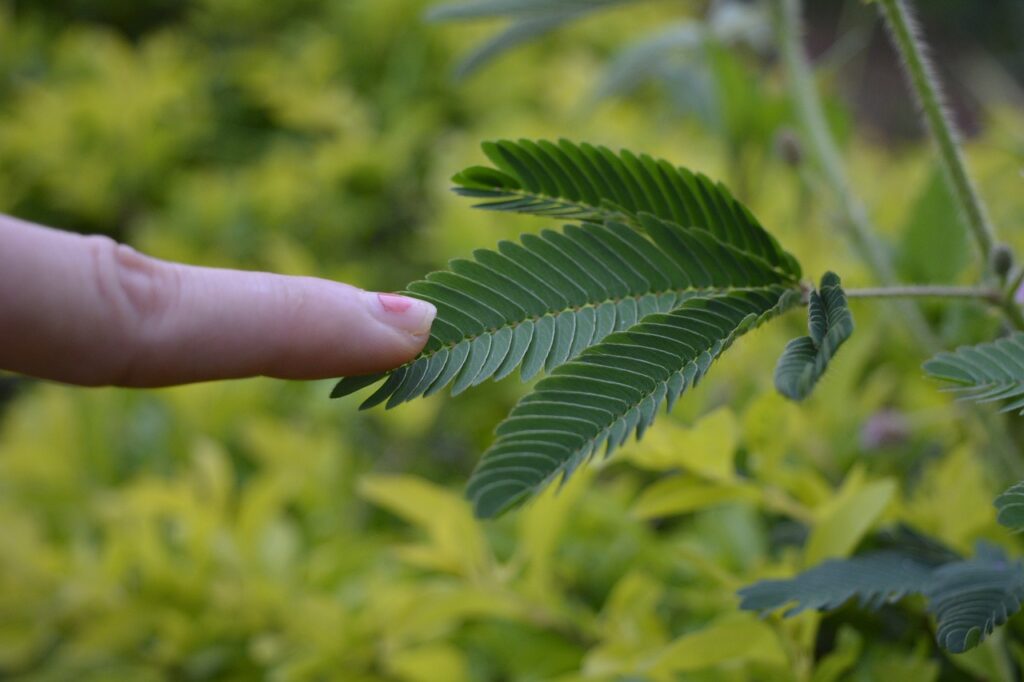Mimosa pudica | The Exotic Tale of a Moving Plant that Astonished 18th-Century Europe

Mimosa pudica is a plant known for its unique movement: when touched, its leaves fold and close. With this charming reaction, it has captured the hearts of many people. It is loved not only as a garden or potted plant, but also as a specimen for observation.
In this article, I will introduce the basic information about Mimosa pudica, its cultural and historical significance, and essential tips for growing it.
Basic Information
- Scientific name: Mimosa pudica
- Family: Fabaceae (Legume family)
- Origin: South America (around Brazil)
- Appearance: This perennial plant grows to about 15–50 cm in height. It has delicate, feather-like leaves and produces small, ball-shaped flowers in shades of pink or light purple. Its fascinating response of folding or drooping leaves when touched is one of its most attractive features.
- Flowering season: July–October
Cultural Significance Worldwide

Mimosa pudica has long attracted attention worldwide because of its unusual movement, often regarded as if it had emotions.
In East Asia, the leaf movement resembling a bow is seen as a symbol of politeness. In Japan, it is therefore called “ojigisō” (literally, “bowing grass”).
In India, it appears in poems and stories as a symbol of humility and respect, sometimes with ritual significance.
In the West, it has been adopted into literature and art as a metaphor for sensitivity and delicacy.
Today, it is also widely used in education to help students learn about plant movement and responses, offering both enjoyment and knowledge through observation.
Historical Episodes
Mimosa pudica was introduced to Europe in the 18th century.
Naturalists at the time were astonished by its movement and even debated whether plants might have a will of their own.
In Britain, during the Victorian era, it became popular as a display plant in greenhouses, and botanists studied it with great enthusiasm.
In Japan, it was introduced in the Edo period and, because of its unique characteristics, was treasured as a rare plant. Records show that it was planted in daimyo gardens and temple grounds, contributing to the development of botany.
Gardening Advice

Mimosa pudica is relatively easy to grow, even for beginners, but there are several key points to ensure it thrives:
Sunlight
Prefers bright, sunny locations. Indoors, place it near a window where it can receive plenty of sunlight.
Watering
Water generously once the surface soil has dried, but avoid poor drainage as it may cause root rot. Be careful not to overwater.
Soil
Choose well-drained soil. A mixture of standard potting soil with river sand or perlite is ideal.
Fertilizer
During the growing season (spring–summer), apply diluted liquid fertilizer once every 2–3 weeks. Avoid excessive fertilization.
Pruning
Because it grows vigorously, prune back branches as needed. This will keep the plant compact and encourage new growth.
Winter care
Sensitive to cold. During winter, keep it indoors and protect it from frost.
Conclusion
Mimosa pudica has fascinated people with both its unique movements and delicate beauty. Its extraordinary traits not only bring joy in cultivation but also provide the pleasure of observation.
I encourage you to welcome Mimosa pudica into your life and experience a new way of connecting with plants.




